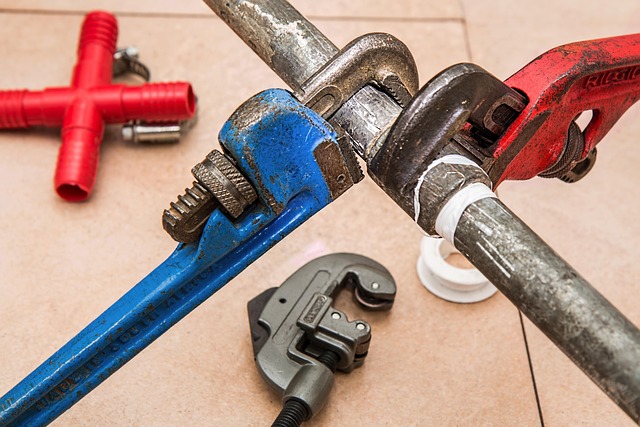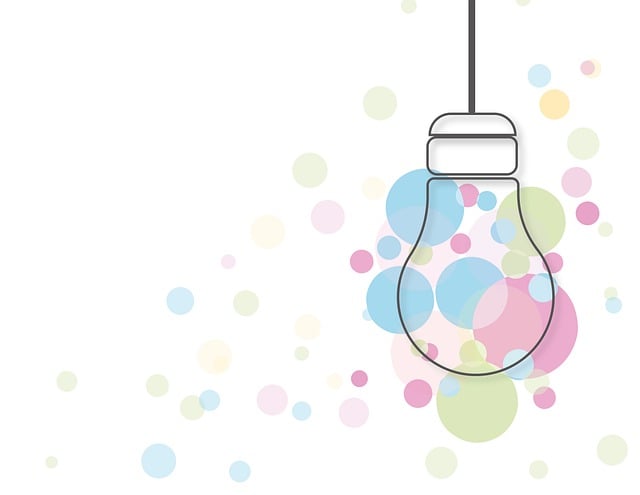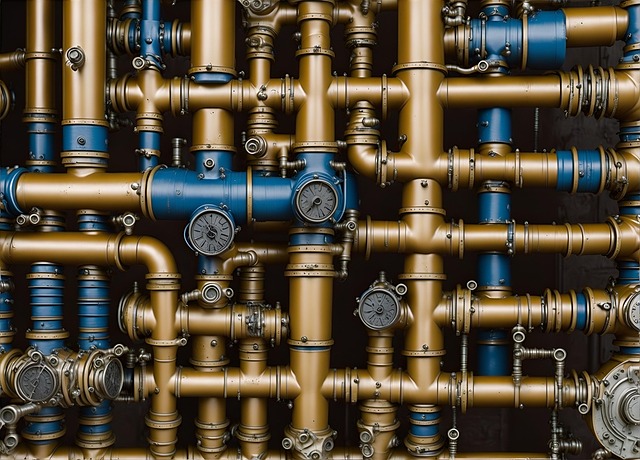Water leak detection sensors are innovative tools that safeguard homes and buildings from water damage by continuously monitoring pressure and flow. These sensors use advanced technology to detect anomalies, triggering alerts for immediate action. Integrating them into water filtration systems enhances protection against significant damage and mold growth, while ensuring efficient water quality. Wireless sensors offer discreet placement and real-time monitoring, ideal for hard-to-reach areas, while hardwired sensors provide constant power for industrial settings. Integration with smart home systems enables early alerts via smartphone apps, beneficial for complex water filtration systems. Real-time leak detection prevents minor issues from escalating, optimizing maintenance routines and reducing costs, especially valuable in commercial settings facing water scarcity.
“Uncover the power of water leak detection sensors with alerts in enhancing water filtration systems. This comprehensive guide explores how these innovative devices work, from wireless and hardwired options to seamless smart home integration. Discover their profound impact on water conservation and system maintenance efficiency. By understanding the benefits and types available, you’ll gain valuable insights into transforming your water management strategy, ensuring a more sustainable future.”
- Understanding Water Leak Detection Sensors: How They Work and Their Benefits in Water Filtration Systems
- Types of Leak Detection Sensors: Wireless, Hardwired, and Smart Home Integration
- The Impact of Real-Time Alerts: Enhancing Water Conservation and System Maintenance Efficiency
Understanding Water Leak Detection Sensors: How They Work and Their Benefits in Water Filtration Systems

Water leak detection sensors are innovative components designed to safeguard homes and buildings from insidious water damage, offering peace of mind in the event of potential leaks. These sensors work by continuously monitoring water pressure and flow within a system, using advanced technology to detect even the slightest anomalies or fluctuations. When a leak is detected, the sensor triggers an alert—a signal that can be audible, visual, or both—informing homeowners or building managers of the issue promptly.
The integration of water leak detection sensors in water filtration systems adds another layer of protection. By identifying leaks early, these sensors help prevent significant water damage and subsequent mold growth, which are common issues in homes with aging plumbing or poorly maintained water filters. Moreover, they ensure the efficiency of the water filtration process by alerting users to any potential blockages or system malfunctions, thereby maintaining optimal water quality.
Types of Leak Detection Sensors: Wireless, Hardwired, and Smart Home Integration

Leak detection sensors come in various types, each offering unique advantages and applications, especially in the context of water filtration systems. Wireless sensors are popular for their convenience; they can be placed discretely throughout a space and transmit signals wirelessly to a central control unit. This makes them ideal for monitoring hard-to-reach areas or multiple locations simultaneously. Hardwired sensors, on the other hand, provide constant power and reliable performance, making them suitable for critical applications like industrial settings where continuous water monitoring is essential.
The integration of leak detection sensors with smart home systems is another innovative development. Smart home integration allows sensors to communicate with a central hub, enabling remote monitoring and control via smartphone apps or voice assistants. This feature is particularly beneficial in homes with complex water filtration systems, as it can provide early alerts about potential leaks, ensuring prompt action to prevent water damage and optimize the efficiency of water filtration processes.
The Impact of Real-Time Alerts: Enhancing Water Conservation and System Maintenance Efficiency

Real-time alerts from leak detection sensors can significantly transform water conservation efforts and system maintenance routines. The immediate notification of potential leaks allows for swift action, preventing minimal drips from turning into major floods. This proactive approach is particularly beneficial in commercial settings with complex plumbing systems, where regular maintenance can be challenging to schedule.
Moreover, these alerts provide valuable data that can optimize water filtration processes. By identifying specific locations and patterns of leaks, facility managers can target their maintenance efforts more effectively. This efficiency leads to reduced water waste, lowering operational costs and environmental impact, especially in regions facing water scarcity.
